Prepare to have your preconceptions upended because truth is stranger than fiction and sometimes sweeter, too. Here’s a list of 12 adorable animal facts that sound like they’re straight from a children’s book, yet hold water in the real world. And maybe, just maybe, they’ll make you reconsider what you thought you knew.
1. Sloths Can Hold Their Breath Longer Than Dolphins
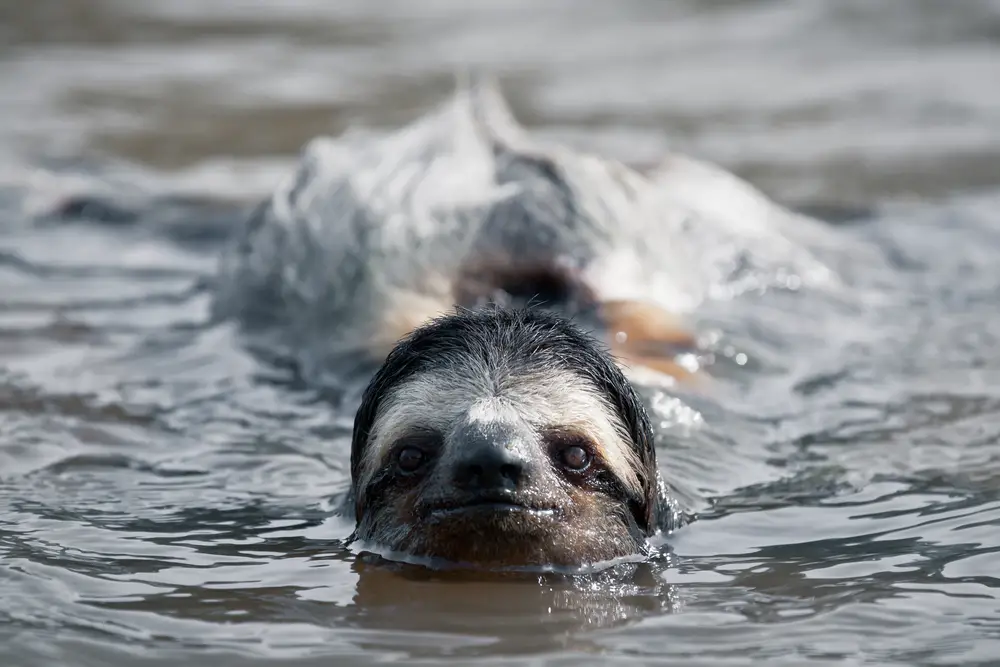
In a battle of the breaths, who knew that the sloth, the epitome of laziness, would outshine a dolphin? It turns out these slow-motion marvels can hold their breath underwater for a staggering 40 minutes. Dolphins, meanwhile, need to come up after just 10. The secret lies in a sloth’s ability to slow its heart rate to a near standstill, minimizing its oxygen needs. This trait helps them evade predators by slipping into water without a trace.
Sloths are so committed to their leisurely existence that their metabolic rate is only about half of what would be expected for their body size. This unique adaptation is not just a party trick but essential for survival in their heavily forested homes. Their slow movement and the ability to stay submerged are intertwined, crafting a lifestyle that’s almost zen-like in its efficiency. If you ever find yourself stressed, maybe channel a sloth and just… breathe.
2. Cows Have Best Friends
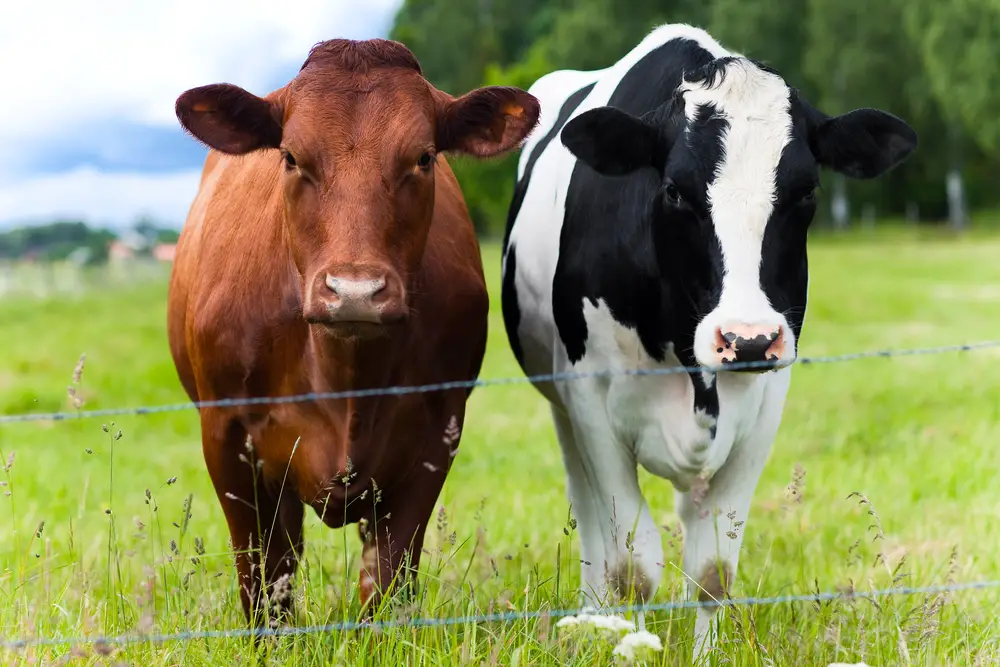
Yes, behind those big doe eyes and gentle demeanor, cows are social creatures capable of forming friendships. According to a study by Newcastle University, these bovines experience less stress when they’re with their closest mates. Researchers found that when cows are paired with their BFF, their heart rates are noticeably lower. This bond is not just beneficial for the cows’ mental health but also impacts their milk production.
Cows, much like humans, crave connection and stability. They exhibit signs of happiness by grooming their friends and grazing side by side. In the grand theater of the animal kingdom, this is friendship in its purest form—a reminder that even in the pasture, camaraderie reigns supreme. So, next time you see a herd, remember that they’re not just aimlessly munching grass; they’re living a social narrative as complex and meaningful as any soap opera.
3. Sea Otters Hold Hands When They Sleep
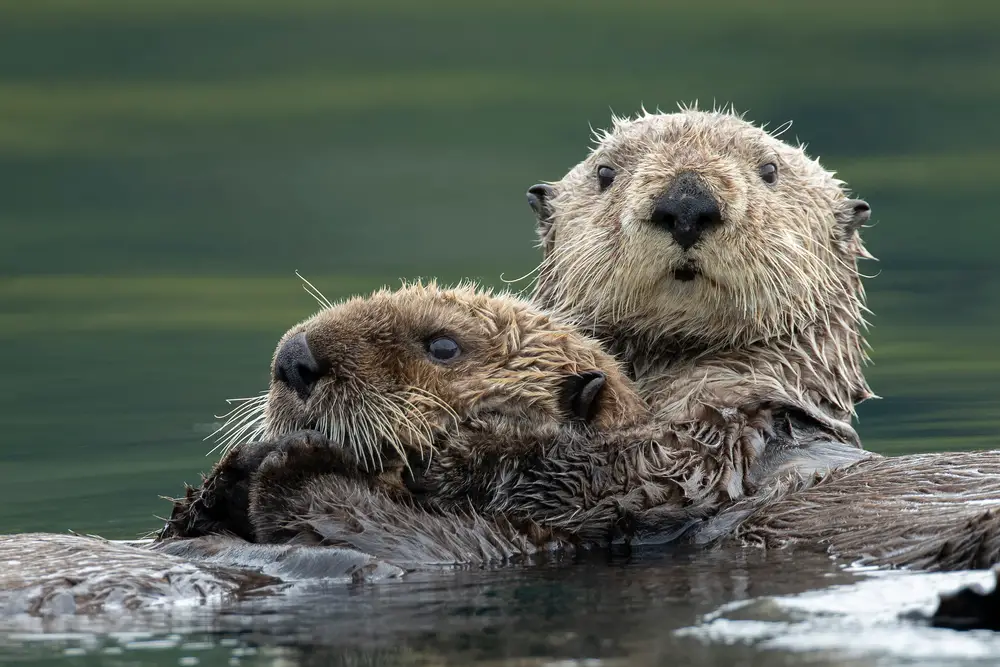
Picture this: a group of sea otters floating on their backs, gently holding hands, drifting among the kelp. This isn’t some anthropomorphic fantasy, but a reality born out of necessity. Sea otters link paws while they sleep to ensure they don’t drift away from their family group. This behavior, known as “rafting,” is essential for their survival in the often-turbulent waters of the Pacific Ocean.
Hand-holding among otters is not merely a survival tactic but also a bonding experience. It reinforces social connections within groups and ensures that young pups stay close to their mothers. Imagine dozing off under the stars, knowing that when you wake, the ones you love are still by your side—it’s heartwarming and grounding. In a world where we’re often encouraged to drift, perhaps there’s something to learn from the steadfastness of otters.
4. Elephants Mourn Their Dead
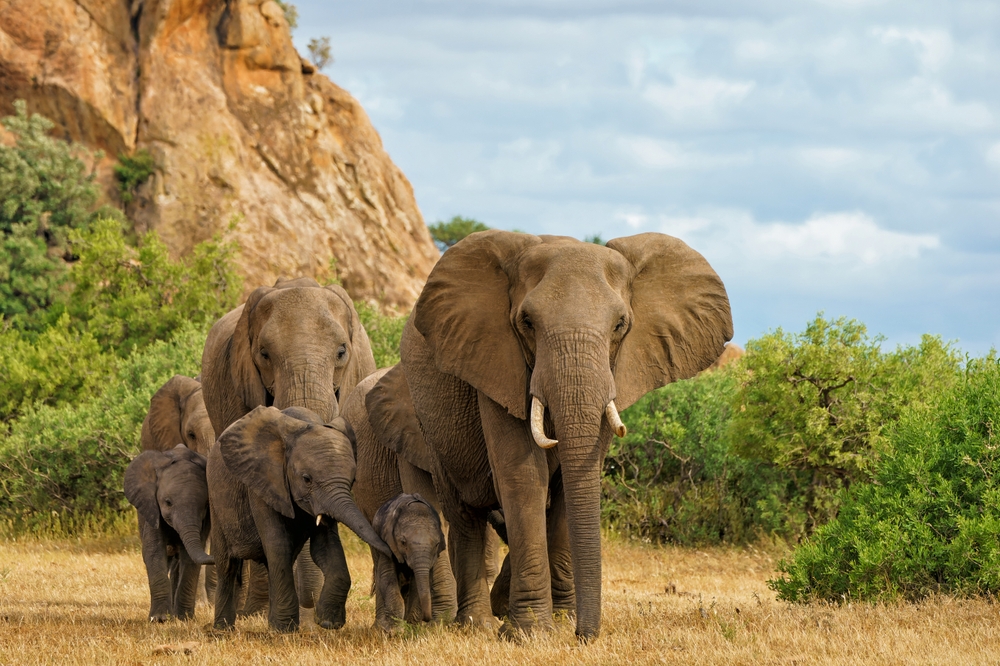
In the sprawling savannas where elephants roam, the bonds of kinship run deep, transcending life itself. These majestic creatures have been observed exhibiting behaviors akin to mourning when faced with the death of a herd member. They touch the bones with their trunks, stand vigil, and sometimes even cover the body with leaves.
Such rituals speak volumes about their emotional depth and complex social structures. Elephants have long memories, which not only help them navigate vast landscapes but also seem to hold the echoes of lost companions. It’s a poignant reminder of the intelligence and empathy that abound in nature. When next you marvel at these gentle giants, understand that you’re in the presence of beings who cherish life and remember loss—not unlike us.
5. Penguins Propose With Pebbles
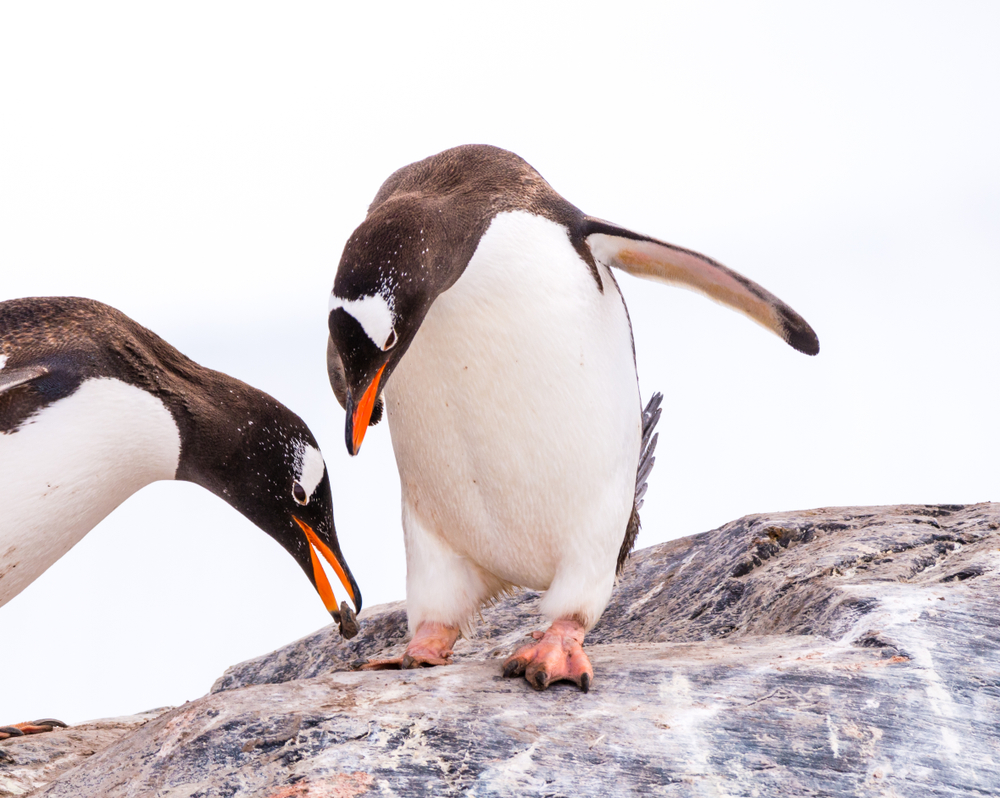
In the icy realms of Antarctica, a love story as old as time unfolds each breeding season. Male penguins partake in a charming courtship ritual, presenting their chosen one with a pebble. If the female accepts it, they become a pair, and the pebble becomes part of their nest.
This tradition isn’t just about aesthetics or sentimentality but serves a practical purpose—building a sturdy nest for their future offspring. It’s an endearing example of nature’s romanticism, where the smallest gestures convey profound intentions. So, the next time you’re tempted to scoff at grand romantic gestures, remember the little penguin, whose token of love is as solid and enduring as the bonds they forge.
6. Octopuses Have Three Hearts
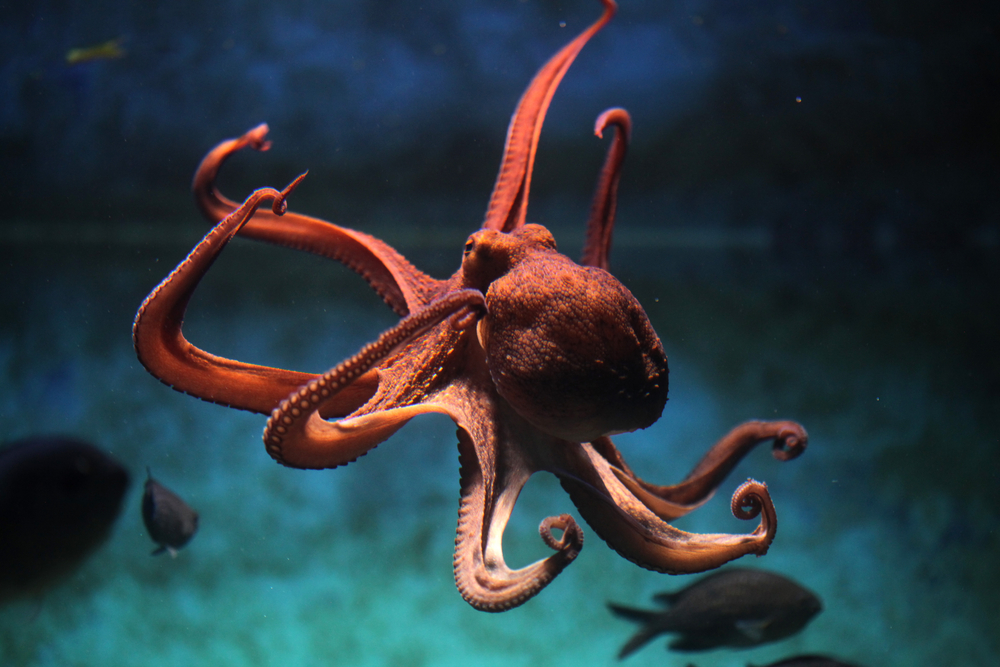
Beneath the waves, the enigmatic octopus dances through life with not one, but three hearts. Two of these pump blood to the gills, while the third sends it to the rest of the body. This anatomical marvel reflects their highly active lifestyle, accommodating the oxygen demands of their muscular arms and swift movements.
Yet, what’s even more fascinating is how these hearts function in conjunction with their unique blue blood, rich in copper. This allows them to thrive in the cold, low-oxygen depths of the ocean. The octopus is a testament to nature’s ingenuity—reminding us that sometimes, having a little extra heart goes a long way.
7. Squirrels Are Nature’s Gardeners
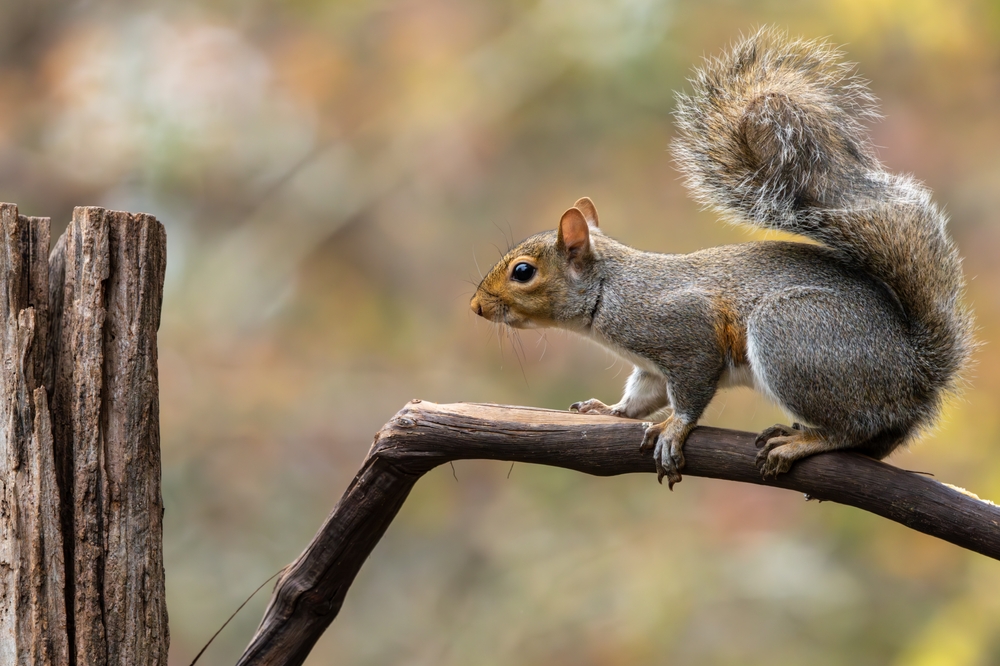
Squirrels, with their frenetic energy and cheeky antics, are nature’s unwitting gardeners. In their quest to stash nuts for the winter, they often forget where they’ve buried their treasures. This forgetfulness leads to the germination of countless trees each year, inadvertently aiding reforestation.
Their role is pivotal, especially in hardwood forests, where their forgotten caches become future forest giants. It’s a reminder of the interconnectedness of ecosystems, where even the smallest creatures play a significant role. Next time you see a squirrel darting about, recognize its contribution to the grandeur of the woodland tapestry.
8. Dolphins Have Names
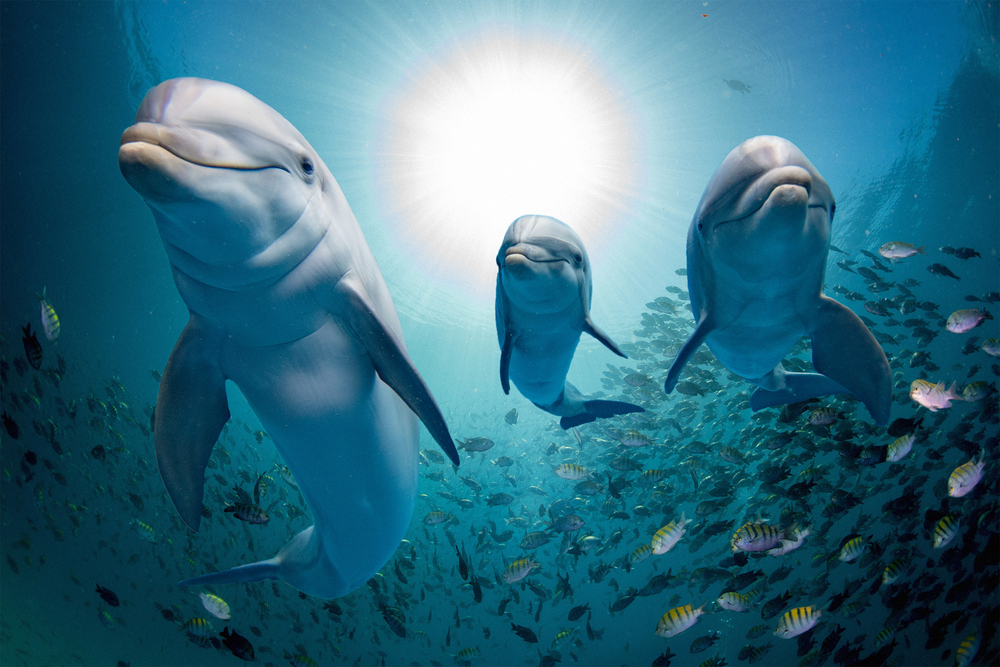
In the sparkling expanse of the ocean, dolphins engage in a form of communication that echoes human sociability—they use names. These marine mammals develop unique whistles that serve as identifiers, akin to calling someone by their first name. It’s a fascinating insight into their advanced cognitive abilities and social structures.
Research indicates that dolphins respond to their names even when called by unfamiliar voices, highlighting the personal significance of these sounds. It’s a testament to their intelligence and emphasizes the rich tapestry of communication found in the animal kingdom. Dolphins remind us that language, in all its forms, is a bridge between beings.
9. Bees Can Recognize Human Faces
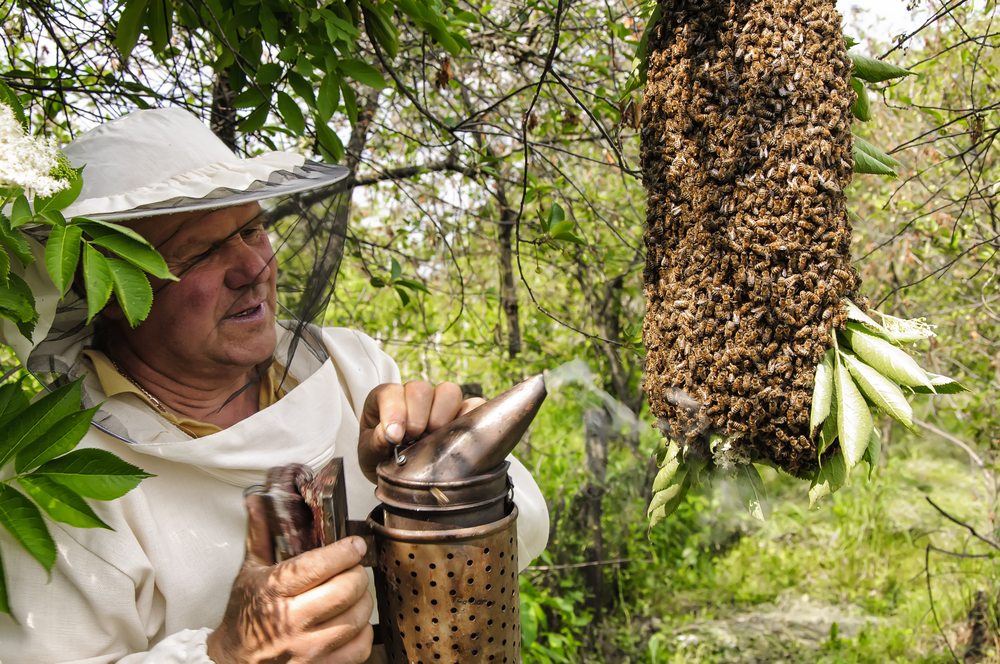
In the buzzing world of bees, a surprising cognitive ability emerges—the capacity to recognize human faces. Despite their tiny brains, bees can be trained to identify and remember faces in photos, distinguishing them from others. This finding underscores the sophisticated processing power of these industrious insects.
Bees use this skill to navigate their complex environments, recognizing patterns and landmarks crucial for survival. It’s a humbling reminder of the intelligence that exists in the smallest of creatures. So, perhaps next time you encounter a bee, you might just give it a nod of acknowledgment, for it might just remember you.
10. Parrots Name Their Chicks
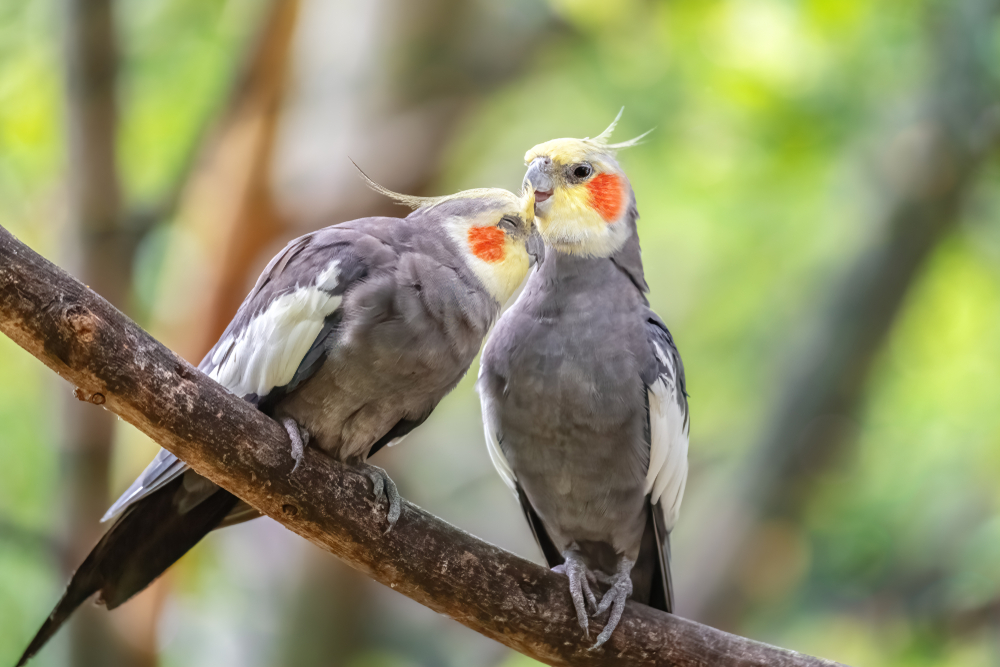
In the colorful world of parrots, individuality is cherished through the assignment of names. Parrot parents bestow unique calls upon their chicks, a signature sound that identifies them within the flock. This custom underscores their sophisticated social structures and communication skills.
The naming process is more than mere mimicry; it’s intrinsic to their identity and connectivity with others. As the chicks grow, they respond to their names, forging their place within the avian community. It’s a beautiful reminder of the depth of expression found in the natural world, where even the smallest voices are given recognition.
11. Dogs Can Smell Your Feelings

Your canine companion might know more about your emotions than you think. Dogs possess an extraordinary olfactory sense that allows them to detect chemical changes in human emotions. When you’re anxious or stressed, your body releases certain pheromones, and your dog can pick up on these subtle cues.
This ability is why dogs are often used as therapy animals, offering comfort and companionship to those in need. They’re attuned to our emotional states, providing support in ways we might not even realize. It’s a testament to the ancient bond between humans and dogs, ever-evolving yet steadfastly rooted in empathy and understanding.
12. Ravens Play Games
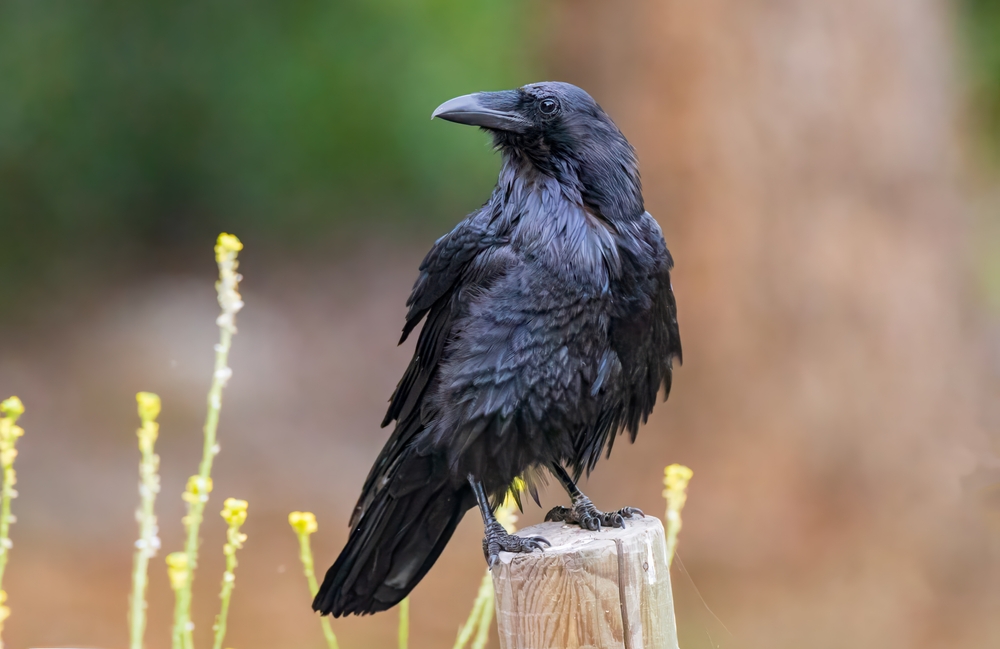
In the vast skies, ravens, with their glossy black feathers, showcase a playful side that’s often overlooked. These intelligent birds engage in games, from aerial acrobatics to sliding down snowy slopes, much like children at play. Their behavior reveals a capacity for fun and creativity, challenging the notion that play is reserved for humans and domesticated animals.
Ravens use play not just for entertainment but for honing their skills and strengthening social bonds. It’s a glimpse into the complex inner world of these birds, highlighting intelligence and emotional depth. In a world often focused on survival, ravens remind us of the joy found in playful spontaneity.
